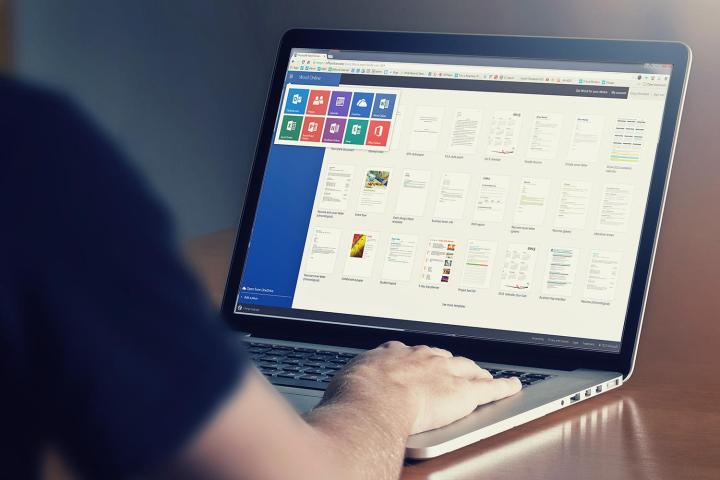
While this sort of functionality has long been available for free on mobile, its removal is a sign that smartphones are growing larger and more capable than ever before. Microsoft’s decision to make this change is directly linked to the upcoming rollout of Continuum, according to a report from WinBeta.
Continuum is intended to bring the entire Windows 10 ecosystem closer together than ever before, with true continuity between smartphones, tablets, and PCs. It’s expected that users will be able to switch from performing a particular task on one device to another seamlessly as a result of this upcoming feature.
It’s easy to see why Microsoft is unwilling to give away free access to a feature-complete version of Office on mobile. However, the company is allowing users to test out Office on their phone without a subscription until March 31 of next year, no doubt in the hopes that many will be sufficiently impressed to continue paying for access.
Making the user experience more cohesive across different devices was obviously a huge focus during the development of Windows 10. However, normalizing the look and feel of the OS was only step one — allowing users to smoothly pick up their work on a different device is surely the end goal.
It’ll be interesting to see if Microsoft chooses to lock any more features behind a subscription. Windows 10 was, of course, offered for free — but it’s been clear from the outset that this strategy would lead to some kind of long-term monetization strategy.
Editors' Recommendations
- A new Windows 11 hardware system requirement may be incoming
- Use Office? Your PC could be at risk due to this Microsoft change
- Flouting Microsoft’s rules, man gets Windows 11 to work on a 15-year-old PC
- Windows 11 just took dark mode to the next level
- Windows 11 bringing new gaming features to PC players next month


